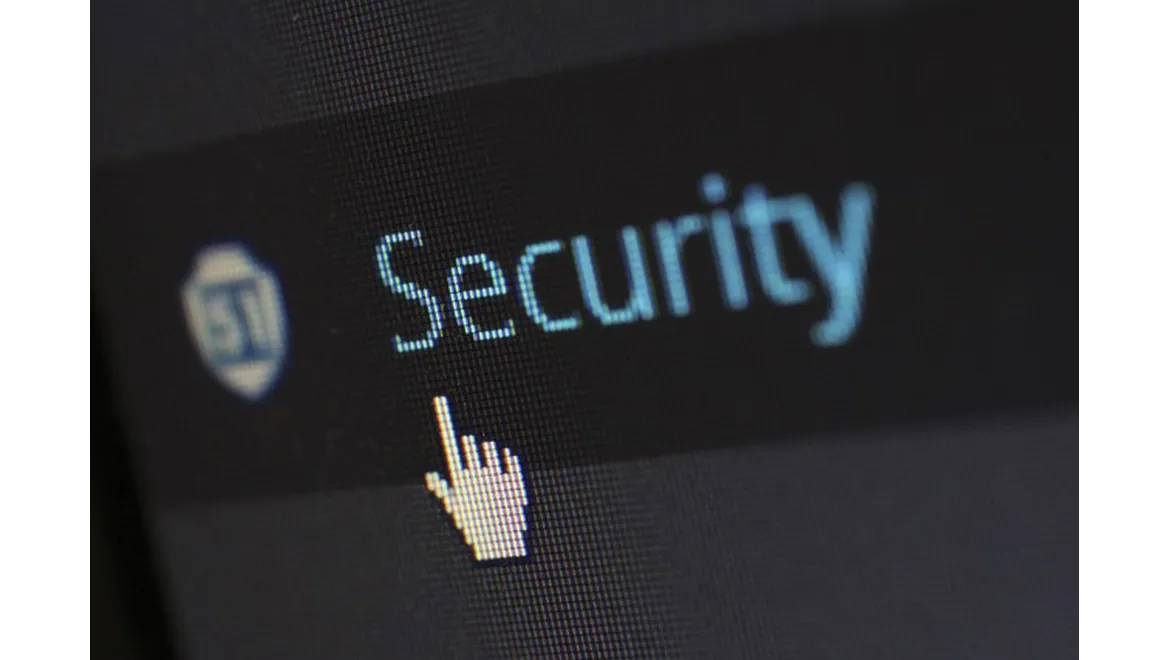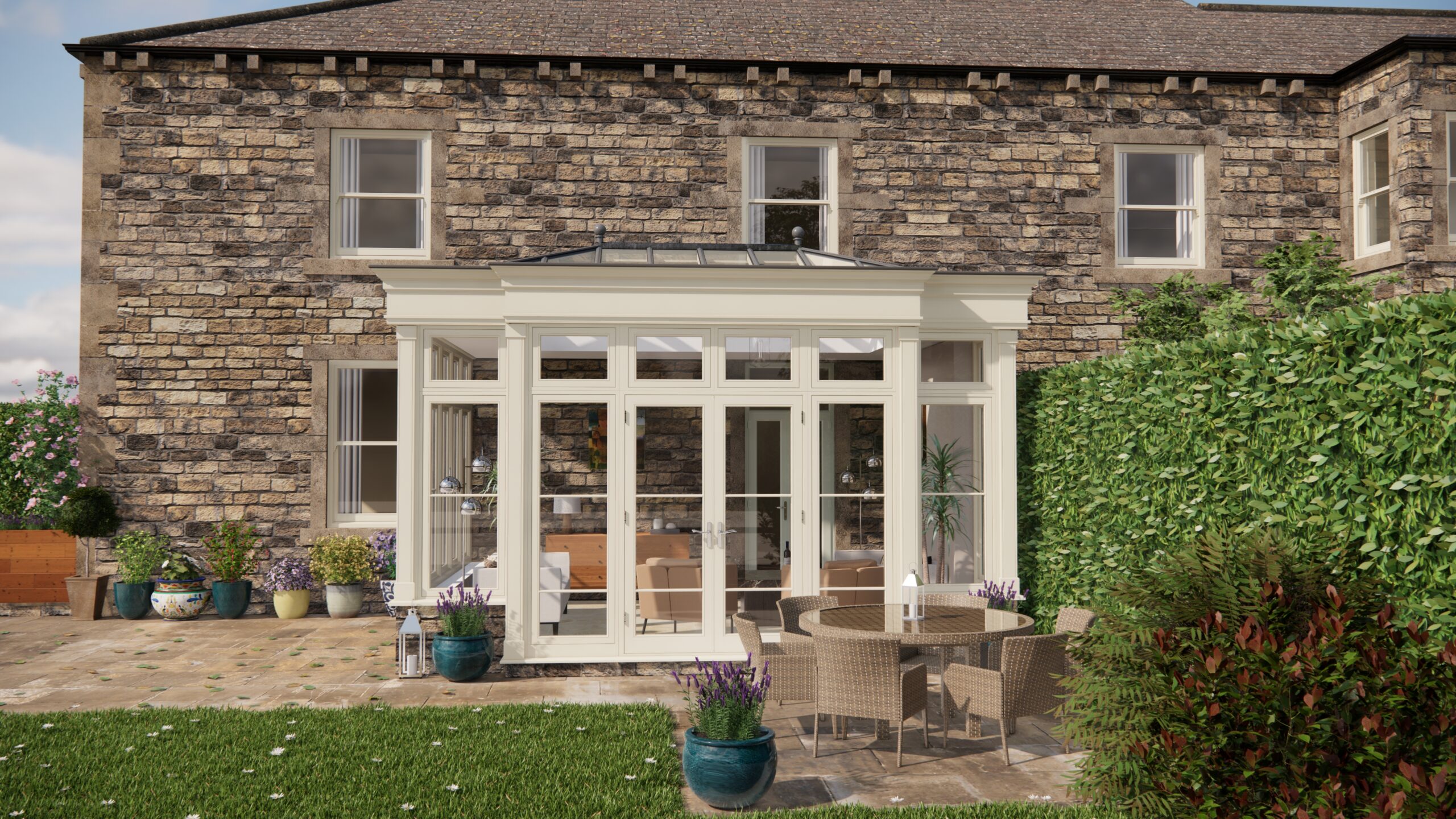When it comes to home security, the future is looking smarter, more intuitive, and quite frankly, a bit like something out of a sci-fi film. I recently had the pleasure of sitting down with Jamie, an innovative tech enthusiast and founder of SecureTech Solutions, to chat about the emerging technologies that are poised to redefine home security in the UK. Armed with a strong coffee and a notebook, I was ready to dive into the world of smart locks, AI surveillance, and more. Here’s what I discovered.
The Smart Lock Revolution: More Than Just Keys
Kicking off our discussion, Jamie was eager to talk about smart locks. “Forget the days of losing your keys,” Jamie laughed. “Smart locks are not just about convenience, they add a layer of security that’s hard to beat.” These devices allow homeowners to lock and unlock doors via smartphones, biometrics, or even voice commands.
Jamie explained the simple setup process. Most smart locks are designed to fit over your existing deadbolt, which means you won’t need to replace your door. With a few screws and an app download, you’re ready to go. The app typically offers features like temporary access codes for guests, logs of entry and exit, and real-time alerts for any suspicious activity. “In the UK, we’re seeing a rise in smart locks that integrate with wider home automation systems,” Jamie noted, emphasising how this technology can seamlessly fit into our daily routines.
Artificial Intelligence: The Brain Behind Modern Surveillance
We then moved on to the role of artificial intelligence in home security systems. “AI is a game-changer,” Jamie said, eyes lighting up with enthusiasm. “It’s not just about recording footage anymore; it’s about analysing it in real-time.” AI-powered cameras can differentiate between a person, an animal, or a car, and even recognise faces. “Imagine your camera alerting you only when it spots an unfamiliar face,” Jamie suggested.
Setting up these AI systems is straightforward, Jamie assured me. Most modern systems are wireless, requiring a power source and Wi-Fi connection. After connecting the cameras to your network, the companion app guides you through adjusting settings such as detection zones and notification preferences. “The key is to personalise it to your environment,” Jamie advised. This technology not only reduces false alarms but can also provide valuable insights into daily patterns around your property.
Smart Sensors: The Invisible Guardians
Next, Jamie introduced me to smart sensors, a less visible but crucial component of modern home security. “Think of them as silent sentinels,” Jamie explained. These sensors can be placed on windows, doors, and other access points to detect motion, breaking glass, or even changes in temperature that might indicate a fire.
Installation is a breeze, Jamie assured me. They are typically adhesive-backed and battery-operated, so you just need to stick them where needed and connect them to your smart home system via an app. “Many of these sensors can also be integrated with lighting systems,” Jamie added. “Imagine getting an alert and having all the lights in your house turn on to deter intruders.”
Drone Surveillance: Eyes in the Sky
Perhaps the most futuristic and intriguing topic Jamie covered was the use of drones for home surveillance. “It sounds like something out of a spy movie, but it’s becoming more accessible,” he chuckled. Drones can patrol properties, providing a bird’s-eye view that static cameras cannot.
Jamie explained that while setting up a drone might seem complex, consumer models are becoming more user-friendly. Basic systems involve charging the drone, connecting it to your home Wi-Fi, and using a smartphone app to programme flight paths and schedules. “It’s like having a security guard on call 24/7,” Jamie said. However, he did note the importance of adhering to UK drone regulations to ensure privacy and safety.
Integration and Interconnectivity: The Holistic Approach
As we wrapped up, Jamie emphasised the importance of integration. “The real power comes when these technologies work together,” he stated. A centralised hub or app can control all these devices, allowing them to communicate and create a cohesive security system. For instance, a smart lock could trigger the cameras or sensors to activate when unlocked unexpectedly.
Jamie left me with a final thought: “The future of home security is not just about the tech; it’s about peace of mind.” By embracing these emerging technologies, homeowners in the UK can not only enhance their security but also add significant value to their properties.
Reflecting on our conversation, it was clear that the landscape of home security is evolving rapidly. From smart locks to drones, the potential for innovation seems limitless. Whether you’re a tech-savvy homeowner or someone just looking to protect your family better, these advancements offer tools that can adapt to the unique challenges of modern life. As I packed up my things, I felt a renewed sense of excitement about the possibilities that lie ahead.


